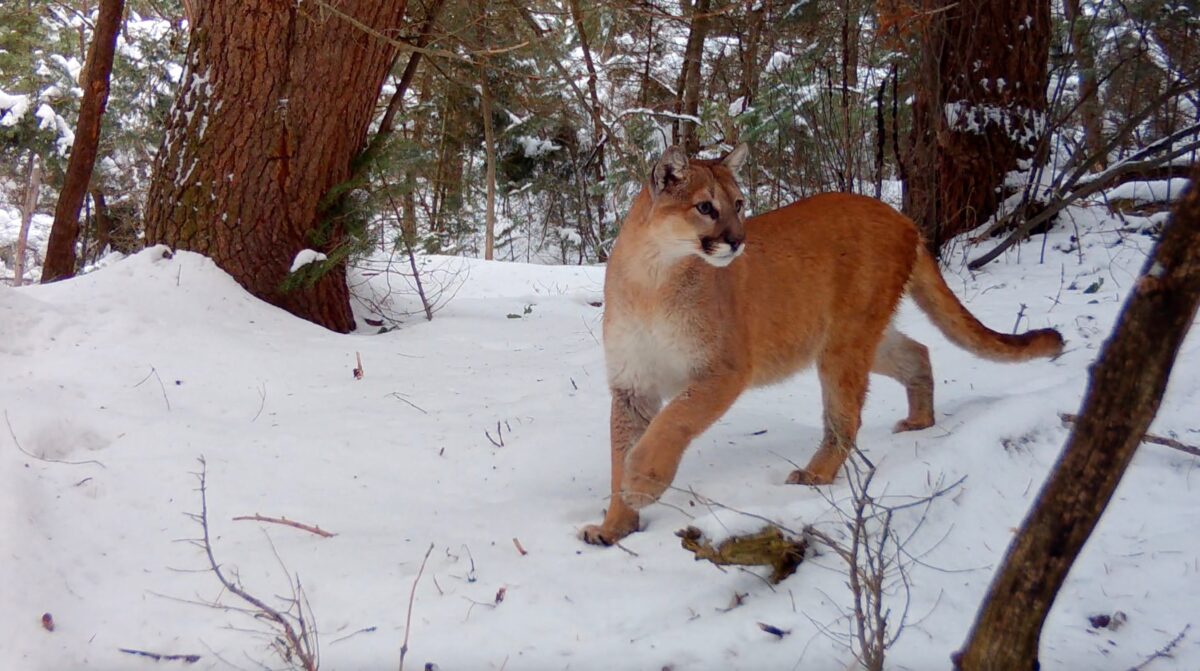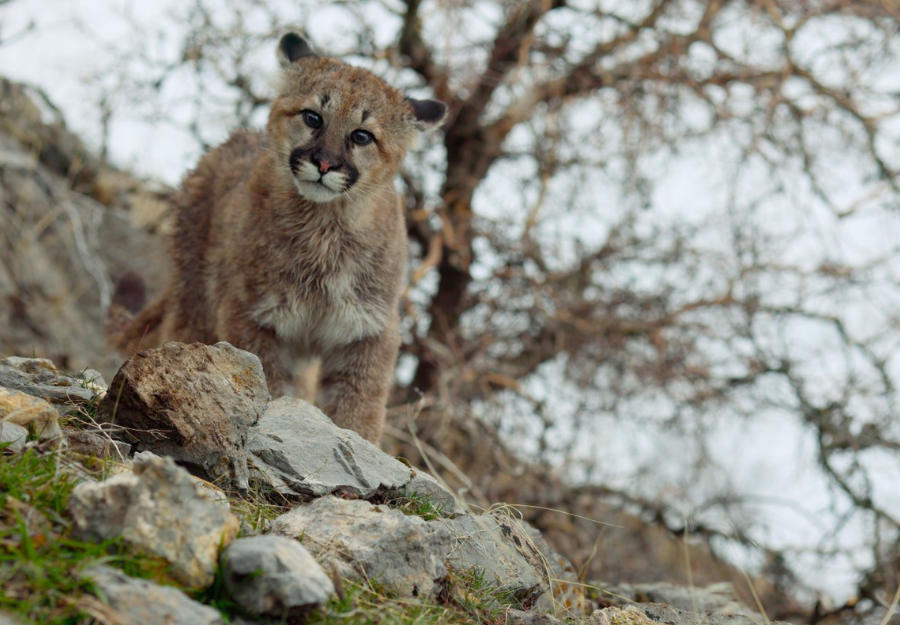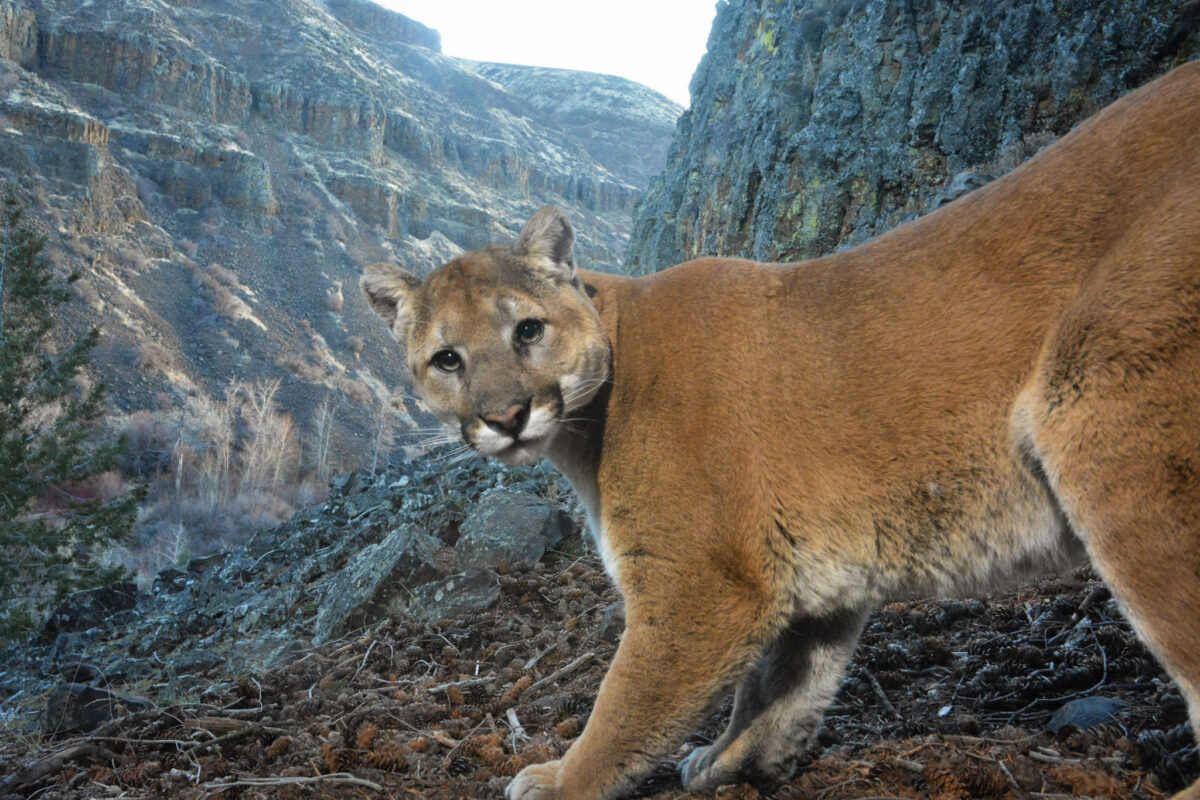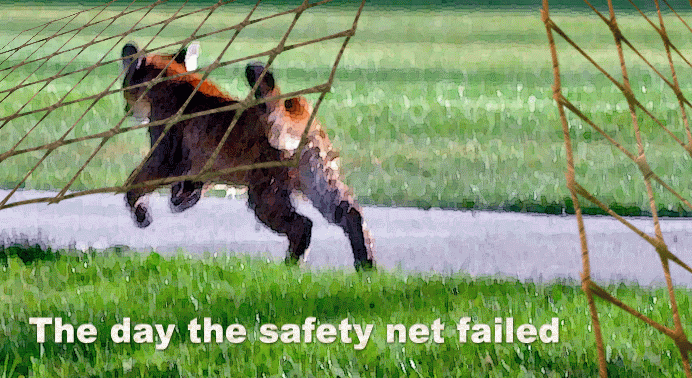
The Day the Safety Net Failed
Amy Rodrigues, MLF Outreach Coordinator
Agency Put to the Test
The California Department of Fish & Game (CDFG) is the state agency responsible for managing wildlife and protecting mountain lions in California. Unfortunately, that protection was put to the test on April 3, 2009, when two malnourished orphaned cougar cubs wandered into the community of Solvang.
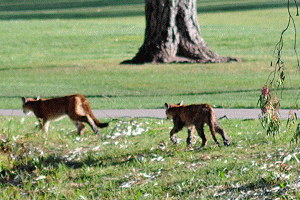
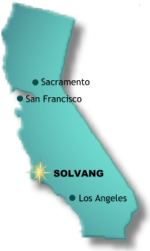
This story had a relatively happy ending when a local group stepped up to help CDFG by rescuing the two orphaned lions. But the saga is far from over. Due to the fact that Julia’s team technically broke the law by handling, transporting, and caring for two mountain lions (why is this illegal?), local CDFG officers – agents simply doing their job – showed up and confiscated the kittens. Julia later received notice that the Department intended to press charges against her and could choose to revoke her facility’s license.
Few local areas are fortunate to have a group that is legally permitted to rescue and hold mountain lions. Even when such rescues are made, lions are very rarely returned to the wild. Most orphans are either held in captivity for the remainder of their lives, or killed outright.
The Solvang kittens faced a rocky future. They endured a bumpy ride in the back of a CDFG pickup truck, spent the night crammed together in a dog crate at a pet hospital, were transported to yet another facility, examined by a second round of vets. Ultimately the pair were split up well over a year before they would have separated naturally in the wild.
“How many more ballot measures and mistreated kittens will it take before state agencies get the message?
Life in Captivity
They survive in zoos on opposite sides of the country. The kitten sent to the east coast was subjected to additional trauma by an airport worker who paraded the cat around for his buddies. The second kitten eventually found a home at the Folsom Zoo located just outside of Sacramento, California. Although both cats are wary of people, and rightly so, zoo staff remain hopeful they will eventually settle down and begin to trust their caretakers. As for Julia and the Animal Rescue Team, an outpour of public support and a meeting with the Santa Barbara County District Attorney resulted in charges not being filed against her. CDFG continues to monitor her facility closely.
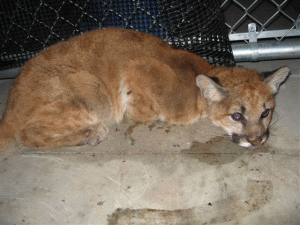
California’s Lion Protection Law
In 1990, California voters passed Proposition 117 which, aside from spending money on habitat protection, banned the trophy hunting of mountain lions and labeled them a “specially protected mammal.” Residents assumed this would give mountain lions affluent protection and humane treatment in the state, especially by the California Department of Fish & Game (CDFG) – the agency entrusted to manage wildlife. Unfortunately, there are no other animals in the specially protected mammal category, and CDFG never wrote any type of official manual for how mountain lions should be managed to uphold this unique title. Without clearly written policies, confusion, debate and even some very poor decisions have occurred.
“It is unlawful to take, injure, possess, transport, import, or sell any mountain lion or any part or product thereof,” and goes on to point out that items from before Proposition 117’s enactment are still legal to keep as long as “the mountain lion, part or product thereof, was in the person’s possession on June 6, 1990. …endquoteCDFG Code 4800, Division 4, Part 3, Chapter 10
The California Department of Fish and Game is primarily concerned with ensuring the public’s safety. As a result, Proposition 117 was written so that lions posing a threat to people, pets, or livestock could still be killed. The law was also written to prevent poaching and any illegal sale of living lions or of mountain lion carcasses.
In spite of repeated outcries for protection, these are the only statutes in place to protect mountain lions. Somehow, the laws have been interpreted to work against lions and to prevent even certified animal rescue groups from saving injured mountain lions and orphaned kittens.


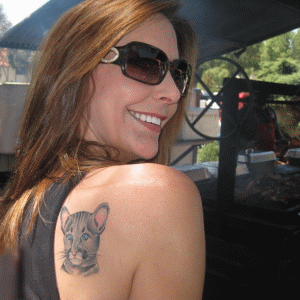

 Facebook
Facebook Twitter
Twitter Send Email
Send Email